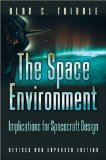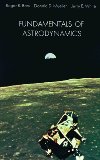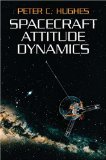NASA dicit:
SpaceX CRS-23, also known as SpX-23, is a Commercial Resupply Service mission to the International Space Station. The mission was contracted by NASA and was flown by SpaceX using the Cargo Dragon C208. This was the third flight for SpaceX under NASA’s CRS Phase 2 contract awarded in January 2016. A NASA Flight Planning Integration Panel (FPIP) from 2019 indicates that SpaceX cargo missions will begin to extend their duration to 60 days and beyond starting with CRS-23.
SpaceX plans to reuse the Cargo Dragons up to five times. The Cargo Dragon launches without SuperDraco abort engines, without seats, cockpit controls and the life support system required to sustain astronauts in space. This newer design provides several benefits, including a faster process to recover, refurbish and re-fly versus the earlier Dragon CRS design used for ISS cargo missions.
The GITAI S1 Robotic Arm Tech Demo will test GITAI Japan Inc.’s microgravity robot by placing the arm inside the newly added Nanoracks Bishop Airlock, which was carried to the station by Dragon C208.2 during the SpaceX CRS-21 mission last year. Once inside the airlock, the arm will perform numerous tests to demonstrate its versatility and dexterity.
Designed by GITAI Japan Inc., the robot will work as a general-purpose helper under the pressurized environment inside the Bishop Airlock. It will operate tools and switches and run scientific experiments. The next step will be to test it outside the ISS in the harsh space environment. The robot will be able to perform tasks both autonomously and via teleoperations. Its arm has eight degrees of freedom and a 1-meter reach. GITAI S1 is a semi-autonomous/semi-teleoperated robotic arm designed to conduct specified tasks internally and externally on space stations, on-orbit servicing, and lunar base development. By combining autonomous control via AI and teleoperations via the specially designed GITAI manipulation system H1, GITAI S1 on its own, possesses the capability to conduct generous-purpose tasks (manipulation of switches, tools, soft objects; conducting science experiments and assembly; high-load operations; etc.) that were extremely difficult for industrial robots such as task specific robotic arms to do.
Video credit: NASA/SpaceX









 Subscribe to blog posts using RSS
Subscribe to blog posts using RSS










